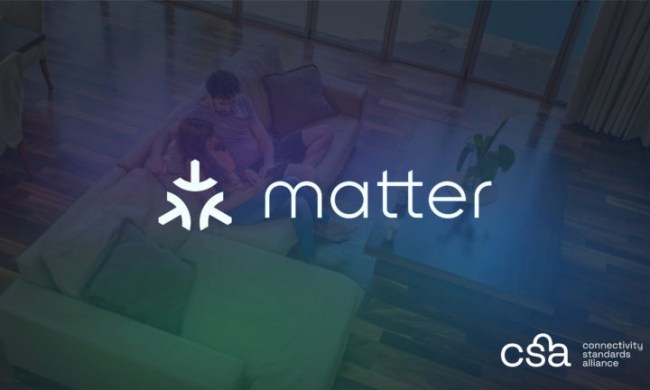
In an attempt to streamline the platform and “focus on quality and reliability,” Google is axing 17 features from Google Assistant. The move corresponds with news the tech company is laying off hundreds of employees from its voice assistant division, as well as the exit of Fitbit co-founders James Park and Eric Friedman.
Google hasn’t revealed an exact date for removing features, but in the next few months, you’ll no longer be able to use your voice to send emails or audio messages, reschedule events in Google Calendar with your voice, or check your travel itinerary by voice. The full list of removals is staggering, encompassing 17 abilities.
Here’s a look at what’s disappearing, pulled directly from Google’s official blog post.
- Playing and controlling audiobooks on Google Play Books with your voice. You can still cast audiobooks from your mobile device.
- Setting or using media alarms, music alarms, or radio alarms on Google Assistant-enabled devices. You can create a custom Routine with similar behavior or use a standard alarm.
- Accessing or managing your cookbook, transferring recipes from device to device, playing an instructional recipe video, or showing step-by-step recipes. You can use Google Assistant to search for recipes across the web and YouTube.
- Managing a stopwatch on Smart Displays and Speakers. You can still set timers and alarms.
- Using your voice to call a device or broadcast a message to your Google Family Group. You can still broadcast to devices in your home.
- Using your voice to send an email, video, or audio message. You can still make calls and send text messages.
- Rescheduling an event in Google Calendar with your voice. You can still schedule a new event.
- Using App Launcher in Google Assistant driving mode on Google Maps to read and send messages, make calls, and control media. You can still use voice control on Google Maps the same way.
- Asking to schedule or hear previously scheduled Family Bell announcements. You can create a custom Routine that has similar behavior.
- Asking to meditate with Calm. You can still ask for meditation options with media providers such as YouTube.
- Voice control for activities will no longer be available on Fitbit Sense and Versa 3 devices. You’ll need to use the buttons on your device to start, stop, pause, and resume activities. You can still voice control activities on Pixel Watches.
- Viewing your sleep summaries will only be available on Google Smart Displays. You can still ask for sleep details by voice on third-party smart clocks.
- Calls made from speakers and Smart Displays will not show up with a caller ID unless you’re using Duo.
- Viewing the ambient “Commute to Work” time estimates on Smart Displays. You can still ask for commute times and get directions by voice.
- Checking personal travel itineraries by voice. You can still ask for flight status.
- Asking for information about your contacts. You can still make calls to your contacts.
- Asking to take certain actions by voice, such as send a payment, make a reservation, or post to social media. You can still ask Assistant to open your installed apps.
Google notes that attempting to trigger a feature on the chopping block will result in a pop-up alerting you to when it’ll officially disappear. The post ends by saying consumers can voice their opinion about the cuts by saying, “Hey, Google, send feedback,” and then speaking their minds.
While the end goal might be to create a more streamlined Google Assistant, there’s no denying that laying off employees and removing features is a bad look. Google doesn’t seem to have a problem pivoting and cutting products as the market dictates (look no further than Google Glass for an example), and there’s a good chance Assistant will look radically different in the future.
If its performance is anything like Alexa, which is losing tons of cash for Amazon, expect Google to keep iterating until the team finds something sustainable.



